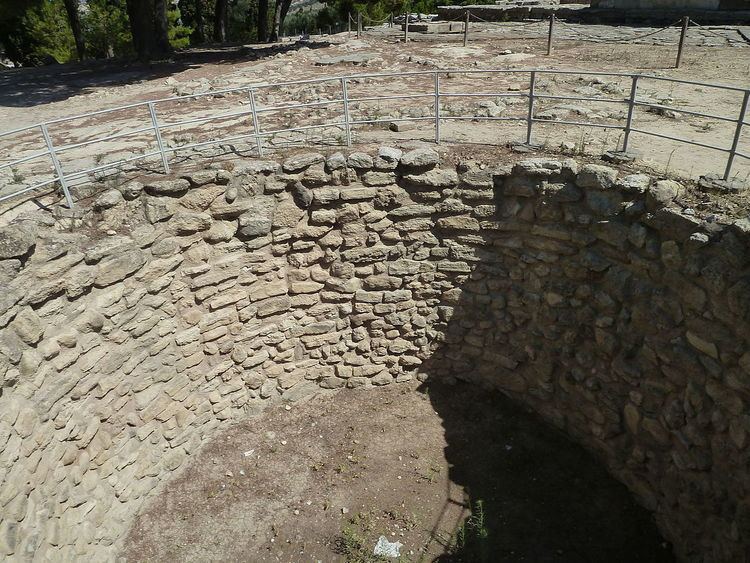 | ||
Kouloura beach playtime
A kouloura, or kouloures (Greek plural koulourai) is a circular subsurface pit with stone walls found in certain settlements within Ancient Crete, including Phaistos, Knossos, and Mallia. According on stratigraphy, the kouloura were all constructed around MM II (1850–1750 BC).
Contents
Kouloura kalami corfu
Etymology
The name kouloura was coined by Arthur Evans during his expedition to Knossos in 1903. He named the pits after kouloura, the round Greek bread, because of the similar shape of the two objects.
Discovery and locations
The first four kouloura were discovered in 1903 at Knossos by Arthur Evans. Subsequently, Fernand Chapouthier discovered eight additional kouloura at Mallia, and the duo of Luigi Pernier and Doro Levi unearthed four at Phaistos. These pits have always been found within the confines of major sites, including the West Court of Knossos and the Upper Court of Phaistos.
Function
Multiple theories have been put forward regarding the function of these kouloura in Ancient Minoan Society. However, there are only three majorly supported theories.
